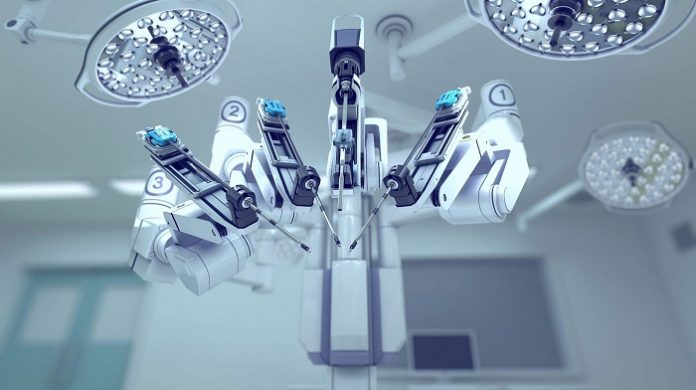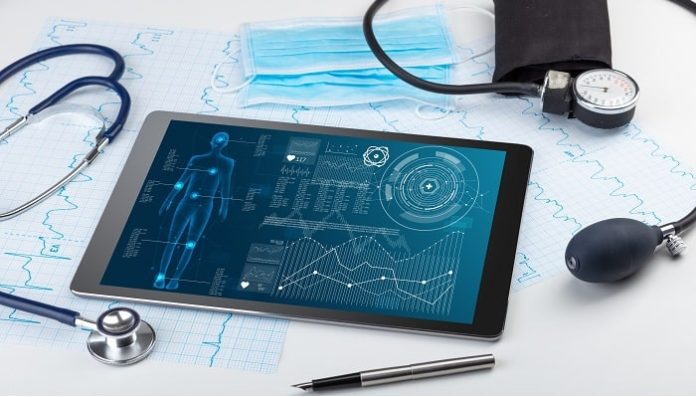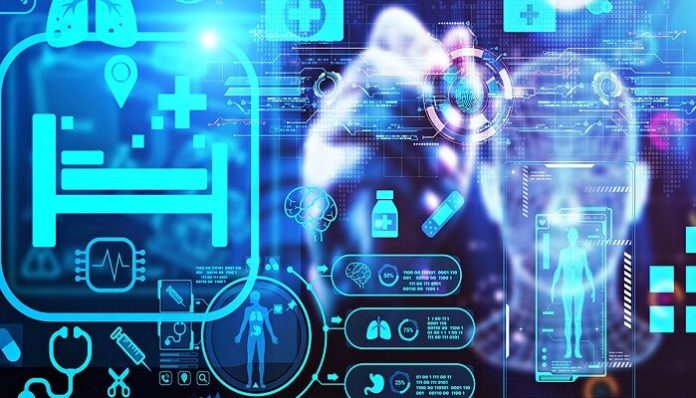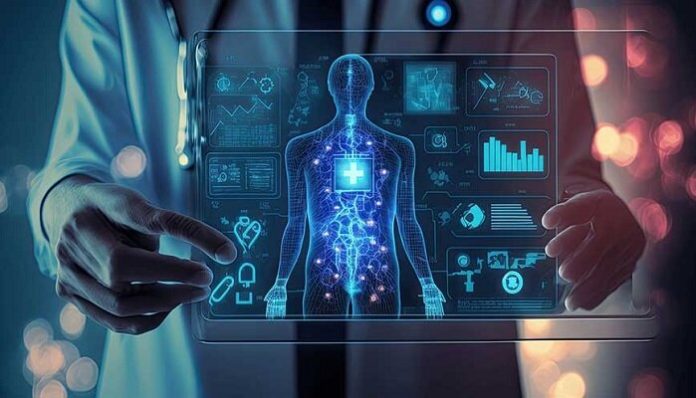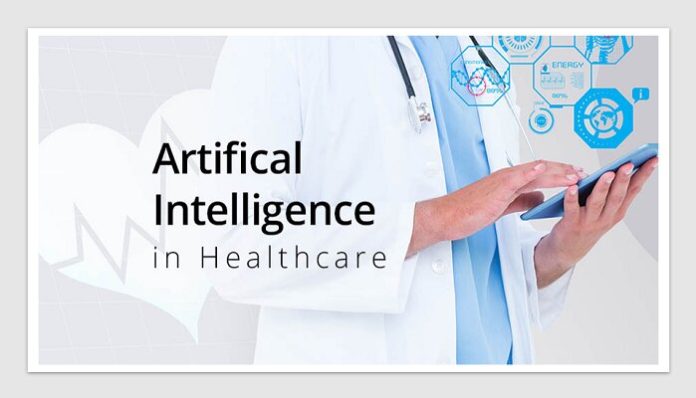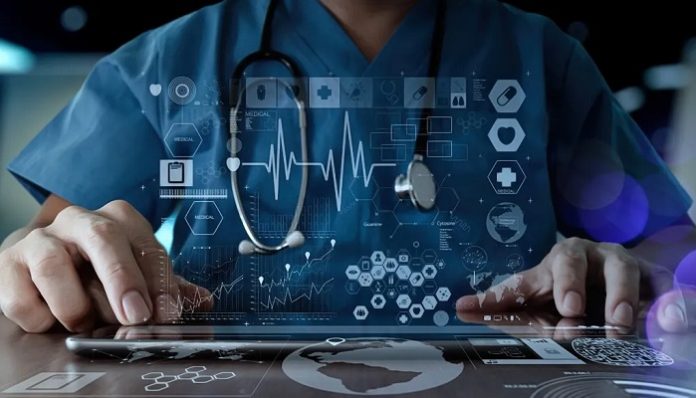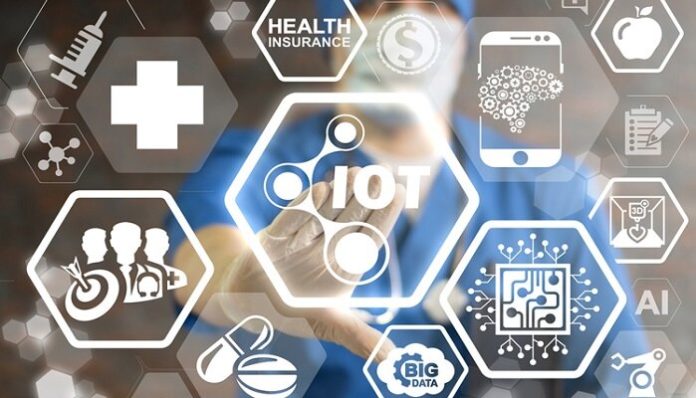Healthcare has wholeheartedly embraced digital transformation and the integration of connected medical devices to enhance operational efficiency and elevate patient care. On average, hospitals now house between 10 to 15 connected medical devices per bed. Additionally, various other systems such as communication, security, access control, HVAC, vending machines, and personal devices play a role.
The expansion of IT and cyber-physical systems infrastructure becomes increasingly intricate as the number of connected devices surges. This growth in connected devices also amplifies security risks. Every new device integrated into the network enlarges the potential attack surface, thus introducing security weaknesses and fresh avenues for malicious actors.
Unauthorized entry into these devices can result in grave repercussions, including the compromise of patient data, regulatory breaches, compliance dilemmas, disruptions in vital healthcare operations, and potential threats to lives. Therefore, safeguarding these devices and upholding a secure healthcare environment is paramount for preserving patient safety and securing sensitive patient information.
The Internet of Medical Things (IoMT) has already incorporated several innovations, such as wearable health trackers, remote monitoring systems, handheld touchpads, connected surgical equipment, robotic tools, and devices designed for therapeutics, recovery, and rehabilitation support. These innovations have ushered in new opportunities and advancements in patient care, ultimately enhancing patient outcomes and streamlining healthcare procedures.
To illustrate, contemporary patient monitoring devices empower healthcare professionals to closely monitor patients’ vital signs and health status. They receive automatic updates in the event of any issues, enabling early detection of potential problems and timely interventions. This efficiency also aids hospital staff in optimizing their time.
Streamlined procedures have enhanced the efficiency of medical processes, thanks to automated systems that enable rapid access to patient records, seamless communication among healthcare practitioners, and expedited decision-making.
A recent investigation by the Journal of the American Medical Association (JAMA) Health Forum revealed a disconcerting trend: ransomware attacks targeting healthcare delivery organizations in the United States have doubled in the past five years. These attacks have exposed the protected health information (PHI) of over 41 million patients.
What’s even more concerning, research conducted by the Ponemon Institute demonstrated a 22 percent rise in adverse medical outcomes for patients in hospitals affected by ransomware attacks. This issue has become so dire that certain healthcare institutions now educate their staff on “code dark” responses to cyberattacks. This involves physically disconnecting as many devices as possible from the network when a cyberattack is detected.
The message for security experts tasked with safeguarding their organizations’ data and IT infrastructure is crystal clear: while connected medical devices, Internet of Things (IoT) technologies, operational technology, and cyber-physical systems bring forth numerous advantages, they also bring formidable challenges. It is imperative to comprehend these challenges and formulate a strategy to tackle them effectively.
Moreover, healthcare encounters challenges that are distinctive to the industry. Consider this scenario: if the software in an Internet of Medical Things (IoMT) device becomes outdated and no longer receives support, yet the device remains in use for patient care, it becomes susceptible to attacks. Unlike traditional IT endpoints with shorter service lives, medical devices are frequently utilized for 10 to 15 years or even longer. Consequently, the operating systems on medical devices might reach their end-of-life phase a decade before the device or equipment is retired.
Another obstacle resides in the security attributes of the devices themselves. Certain devices may suffer from inadequate built-in security measures or infrequent updates from manufacturers. Furthermore, the FDA imposes constraints on altering medical devices, meaning that even if a vulnerability is identified, swift patching may not be feasible.
In numerous healthcare delivery settings, medical devices share networks with non-medical devices and should be segregated to maintain distinct data flows. If proper safeguards are not in place, these vulnerabilities can be leveraged by malicious individuals, resulting in malware infestations, ransomware assaults, or unauthorized entry to patient data.
The intricacy of these networks, coupled with the ease with which numerous devices link to them, renders it challenging to discern and oversee all devices along with their associated connections. In our observations, we have encountered instances where vending machines and Peloton fitness cycles were unknowingly linked to hospital networks, unbeknownst to the IT and security teams.
The absence of visibility into the content of your network, as well as the activities of individual connected devices within it, results in vulnerabilities and blind spots. Comprehending these challenges is pivotal in the formulation of robust security strategies aimed at mitigating the risks linked to connected healthcare devices.
The significance of having visibility
You cannot safeguard what you cannot perceive. Hence, attaining visibility within the network to uncover, categorize, and catalog devices in a hospital’s environment is a pivotal element in upholding comprehensive security within healthcare settings.
Healthcare delivery institutions require immediate insights into all connected devices throughout the entire hospital, even those operating beyond the oversight of the IT department. Through visibility, teams can swiftly identify unauthorized devices, abnormal network behavior, or suspicious actions that could signal a security breach.
Just as a physical security camera system installed throughout a building delivers constant visual surveillance of essential areas like doors, staircases, elevators, or loading docks, healthcare organizations must establish an equivalent level of comprehensive visibility across their network. Through the analysis of network traffic and monitoring of communication patterns, they can expeditiously pinpoint deviations or irregularities that could signify a security incident or reveal unauthorized network access, necessitating immediate blocking.
Optimal strategies for enhancing security in healthcare facilities
All-encompassing device catalog
Healthcare establishments should consistently uphold a record of all connected devices within the entire hospital, encompassing the Internet of Things (IoT), Internet of Medical Things (IoMT), and operational technology devices. This thorough inventory bestows visibility over the complete ecosystem, facilitating efficient supervision and administration. It aids organizations in recognizing vulnerabilities and identifying any devices, whether unauthorized or unfamiliar, that could potentially pose security threats. Subsequently, appropriate measures are taken to update, segment, or mitigate these concerns.
Vigorous authentication and access management
Healthcare institutions should rigorously implement authentication procedures and access controls for connected devices. This safeguards that solely authorized individuals can engage with these devices, substantially diminishing the likelihood of unauthorized entry and data breaches. Robust mechanisms like multi-factor authentication and access controls consistent with the Zero Trust principle should be employed to preserve the integrity of the healthcare ecosystem.
Nonetheless, there is a caveat to this scenario. Medical and IoT devices deviate from conventional authentication practices, such as 802.1x or multi-factor authentication; they simply establish network connections. These devices necessitate an alternative mechanism, contingent on procurement/CMDB records and other techniques, to validate the device’s authenticity by the device owner before connecting to the enterprise network.
Software enhancements and vulnerability oversight
Connected healthcare devices demand consistent maintenance in the shape of software updates and vulnerability patches. Timely application of these updates holds paramount importance in tackling recognized vulnerabilities in the software or firmware of these devices. Healthcare institutions should institute a robust procedure to confirm that all devices are regularly updated and implement measures to safeguard those devices that can no longer receive updates.
Network compartmentalization
Network segmentation can detach vital healthcare systems from other devices and networks, as well as from each other, delivering an additional layer of protection in the event of an attack or breach. In the event of a breach within one segment, the likelihood of it spreading to other crucial systems diminishes, thereby reducing the potential for disruptions and minimizing the impact on patient care.
Policy administration
Security policies are crafted and implemented with a specific purpose – safeguarding a facility’s network and all elements dependent on it. Bearing this in mind, it is vital to institute automated systems that automatically enforce policies on new devices entering the environment or on unforeseen devices that are detected. This approach prevents security gaps from persisting while the team tackles their tasks.
Educate and train personnel
Employees must undergo thorough cybersecurity training to safeguard devices and sensitive data. These training programs should foster awareness regarding potential threats, impart best practices for device security and data safeguarding, and cultivate a culture of cybersecurity consciousness. Staff members should be well-versed in the organization’s security policies, comprehend their responsibilities, and possess the capability to promptly recognize and report any suspicious activities.
Risk evaluation
Proactive initiatives, like conducting comprehensive assessments of a facility’s network structure and simulating attack scenarios, can prove invaluable in assisting an IT team in assessing the efficacy of current security measures. By recurrently appraising the security status of the system, organizations can detect and rectify vulnerabilities before malevolent entities exploit them.
Monitoring threats and networks
Device security solutions, equipped with intrusion detection and behavioral analysis capabilities, should be deployed to oversee network traffic, detect anomalies, and pinpoint potential threats in real time. These solutions offer valuable insights and expedite responses to incidents. Such advanced security solutions serve as vigilant sentinels, perpetually shielding the healthcare environment and mitigating the potential consequences of cyber threats.
Notwithstanding the advantages and cost reductions linked to interconnecting hospitals and healthcare facilities via the same network, the peril of attack or breach has surged. Only through proactive measures like identifying potential risk areas, instituting comprehensive visibility across the entire hospital, and adopting optimal approaches to secure devices and facilities can potential threats be curtailed. A steadfast dedication to comprehensive security throughout the network guarantees the uninterrupted delivery of high-quality care, concurrently protecting the well-being of patients.

















